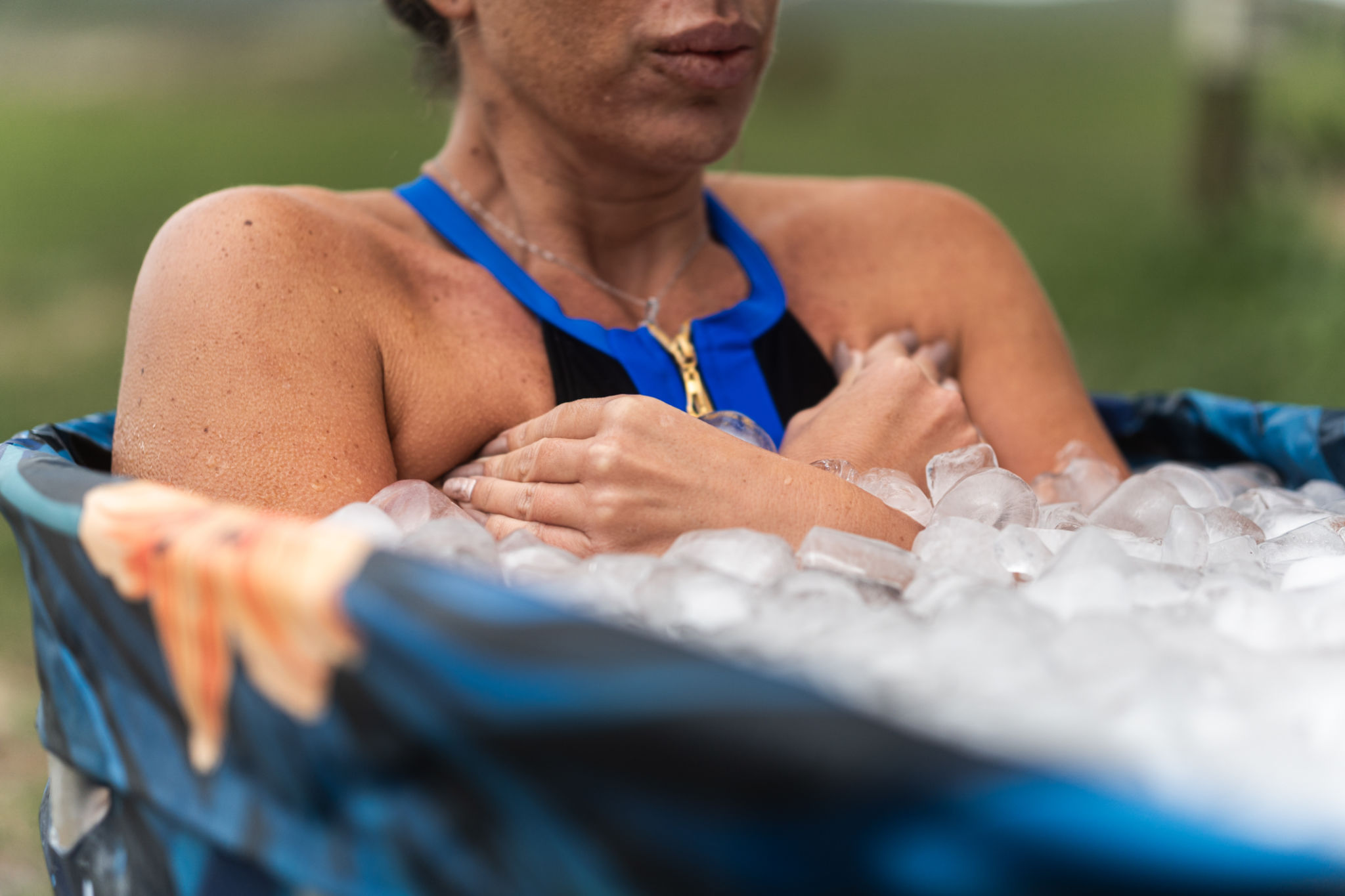The Role of Cryotherapy in Sports Recovery: An Athlete's Guide
Understanding Cryotherapy
In recent years, cryotherapy has gained significant popularity among athletes and fitness enthusiasts. This innovative recovery technique involves exposing the body to extremely cold temperatures for a short duration, typically using liquid nitrogen or an ice bath. The primary goal is to reduce inflammation, alleviate pain, and enhance recovery after intense physical exertion.

How Cryotherapy Works
During a cryotherapy session, the body's surface is exposed to sub-zero temperatures for a brief period. This exposure triggers a physiological response that includes constriction of blood vessels, which helps reduce swelling and inflammation. Once the session ends, blood vessels dilate, boosting circulation and delivering oxygen and nutrients to the muscles more efficiently.
Benefits of Cryotherapy for Athletes
Athletes often turn to cryotherapy as part of their recovery routine for several compelling reasons:
- Reduced Muscle Soreness: The cold temperatures help minimize delayed onset muscle soreness (DOMS), allowing athletes to resume training faster.
- Enhanced Recovery: By decreasing inflammation and improving circulation, cryotherapy accelerates recovery, enabling athletes to perform at their peak more consistently.
- Pain Management: Cryotherapy can serve as an effective natural pain relief method, reducing reliance on medications.
Incorporating Cryotherapy into Training Regimens
For athletes considering cryotherapy, it's essential to integrate it thoughtfully into their training schedule. While some may benefit from regular sessions post-workout, others might find it more effective when used sporadically during peak training periods. Consulting with a sports physician or a trainer can provide personalized insights.

Safety and Precautions
Though cryotherapy is generally safe, there are precautions athletes should consider. Sessions should not exceed three minutes to avoid skin damage or frostbite. It's also crucial to ensure the face and extremities are adequately protected during exposure. Individuals with certain medical conditions should consult a healthcare provider before trying cryotherapy.
Cryotherapy vs. Traditional Ice Baths
While both cryotherapy and ice baths aim to reduce inflammation and promote recovery, they differ in execution and experience. Cryotherapy sessions are shorter and often more comfortable than ice baths, which require submersion in cold water for extended periods. However, ice baths are more accessible and cost-effective for many athletes.
The Future of Cryotherapy in Sports
As research continues to explore the benefits of cryotherapy, its role in sports recovery is likely to expand. New technologies and methods are continually being developed to enhance its effectiveness and accessibility. Athletes at all levels are keen to adopt innovative recovery techniques that can give them a competitive edge.

Ultimately, incorporating cryotherapy into a well-rounded recovery plan can significantly benefit athletes striving for peak performance. By understanding how to leverage its advantages safely, athletes can optimize their training outcomes and maintain long-term physical health.
